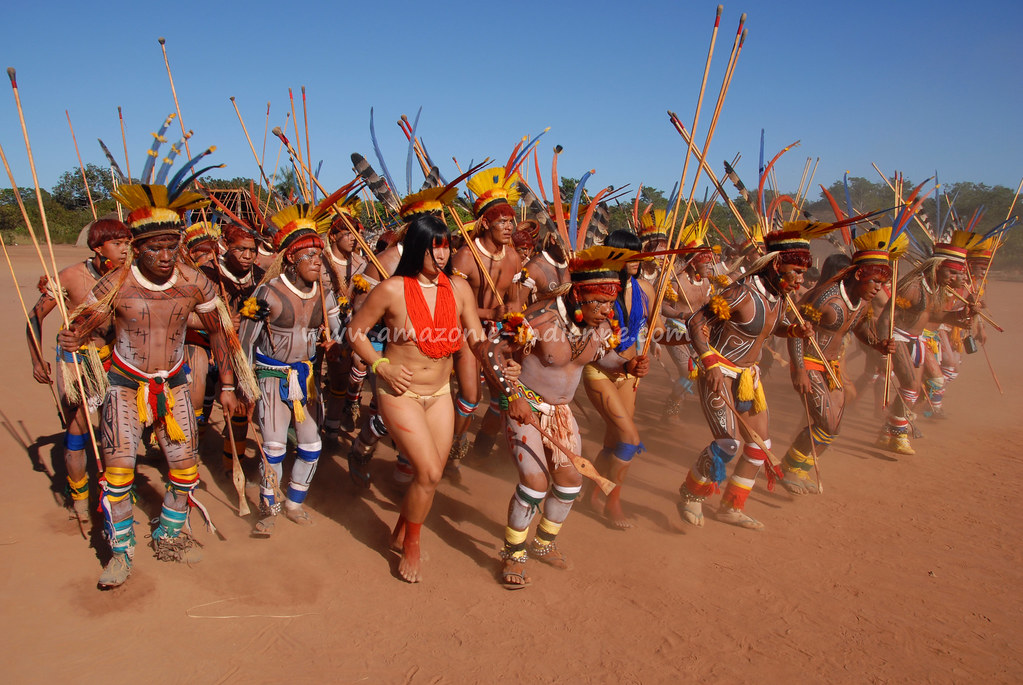Hundreds of types of hardwood trees grow in tropical rainforests, like: mahogany, rosewood and ebony.
Rainforests are so dense that the trees have to fight for sunlight. They grow very tall and spread out their upper branches to catch more light.
The trees are adapted for living in the hot and wet climate. They have:
- flared buttress roots to help hold them up;
- waxy leaves to stop fungi growing on them and reduce transpiration (loss of water) in the heat;
- large, flat leaves to catch as much sunlight as possible;
- drip tips on their leaves to help drain water quickly when it rains heavy;
- branchless trunks to grow up quickly and fill any gaps in the canopy;
- an evergreen appearance as the continuous growing season allows them to shed their leaves at any time.
Coffee, chocolate, banana, avocado and sugarcane all originally came from plants growing in tropical rainforests.

